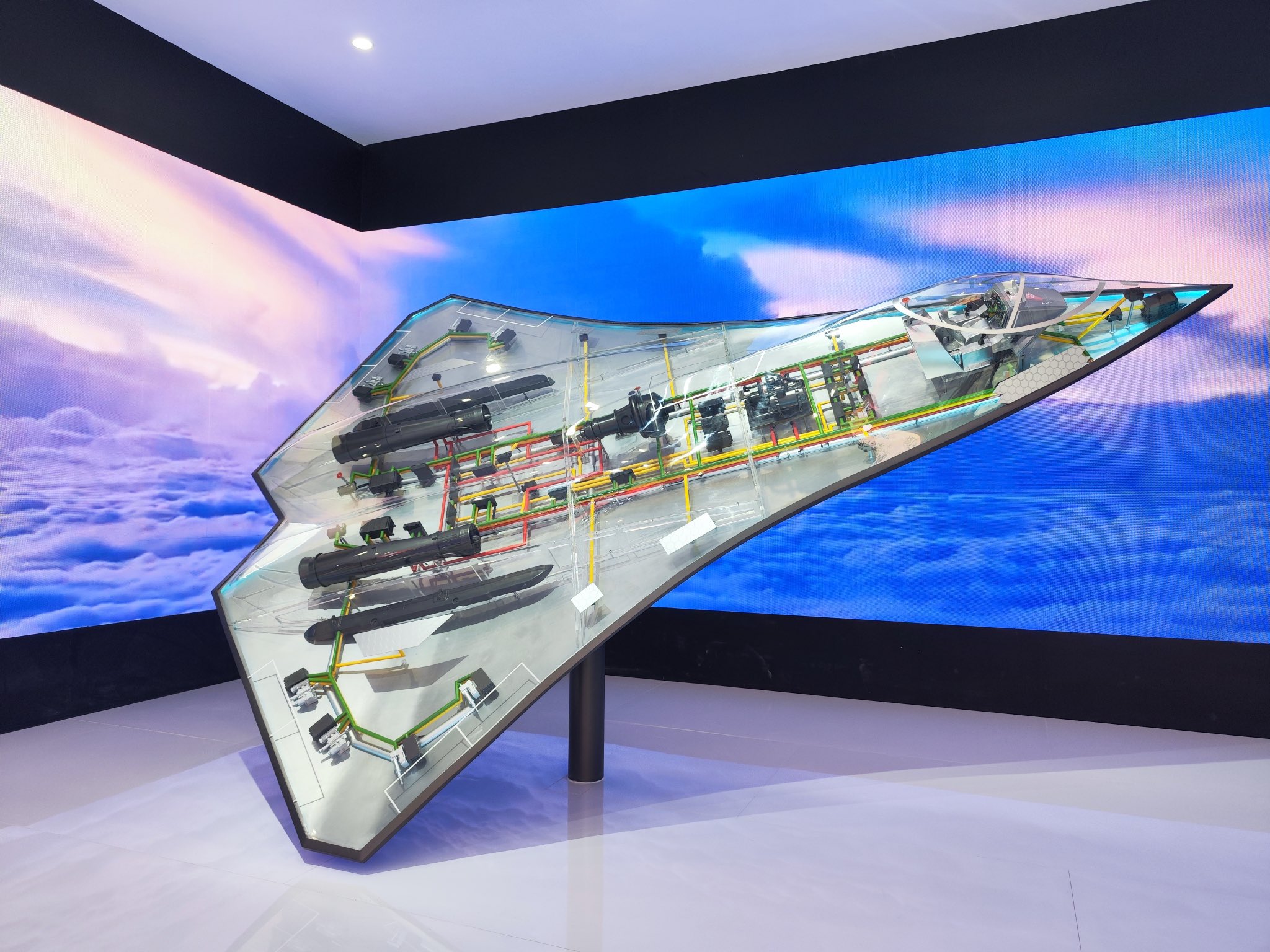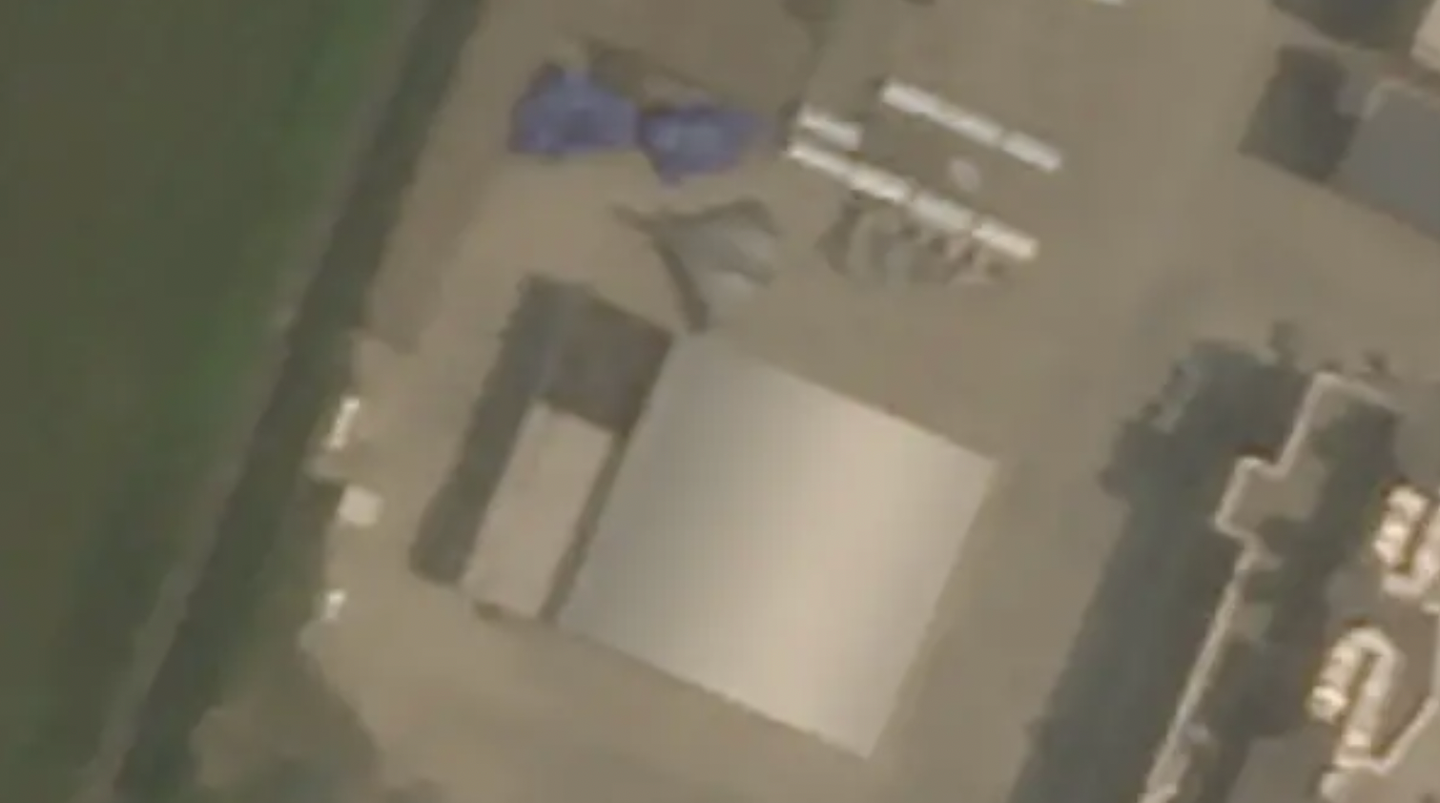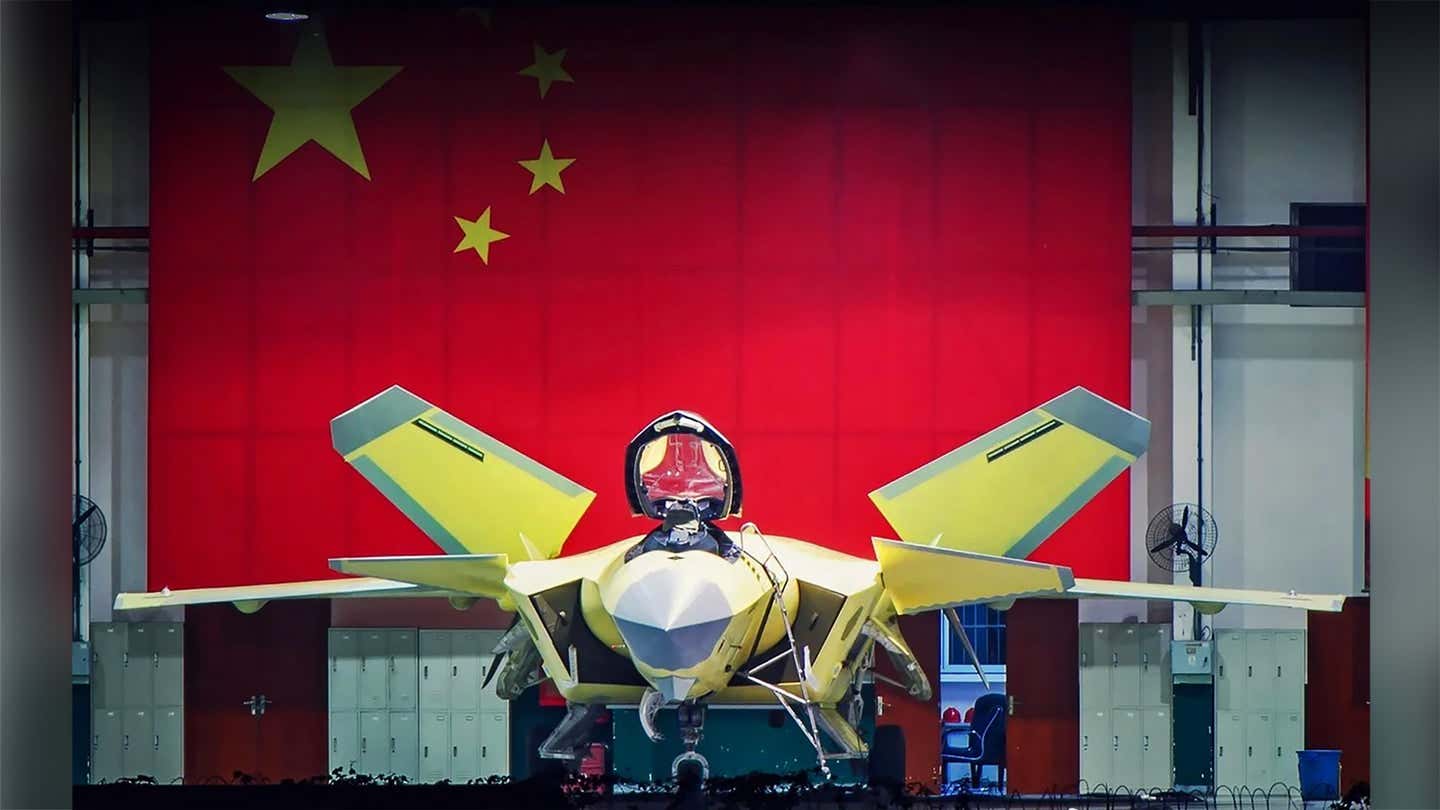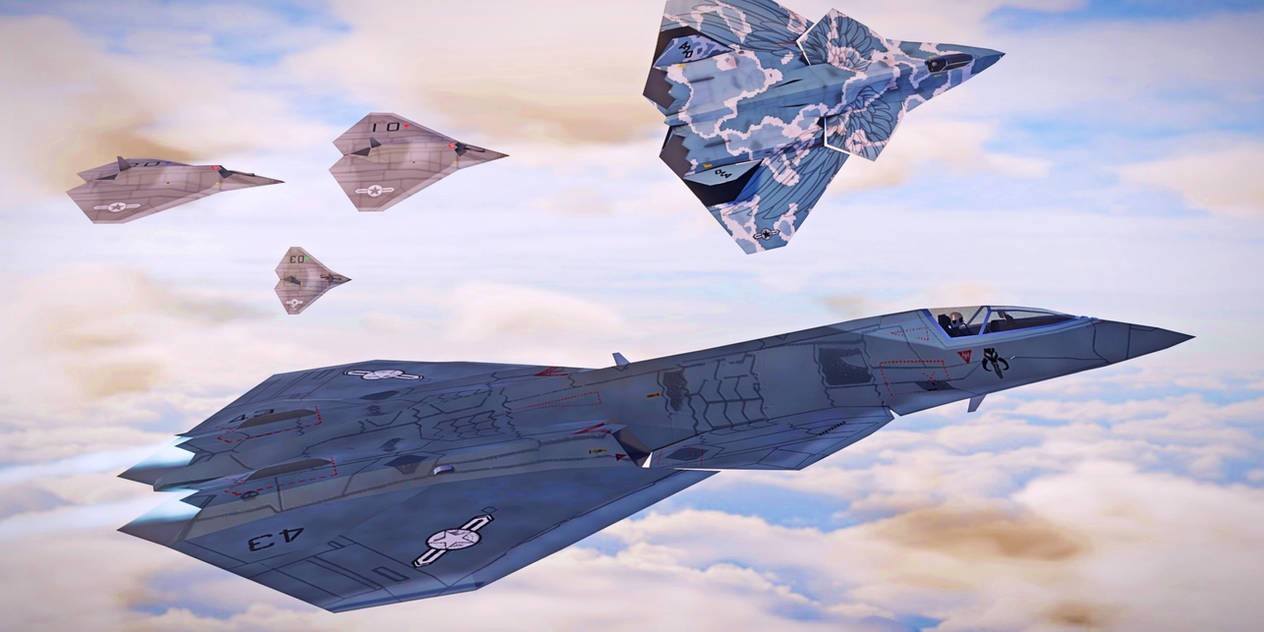China’s biennial Zhuhai Airshow offers the most extensive glimpse into communist nations’ military prowess and innovation. One of China’s several futuristic military technology aspirations displayed at Zhuhai is a concept for a stealthy tailless sixth-gen combat aircraft.
Zhuhai Air Show ??
6th Gen Fighter Aircraft Concept
PLAAF Loves Tailless Jet Design pic.twitter.com/hyTPqZlHGT— David Wang (@Nickatgreat1220) November 6, 2022
China’s aerospace industry is known to be pursuing a sixth-generation fighter jet program. In September, the chief of the US Air Combat Command (ACC), General Mark Kelly, said that China is “on track” to produce a sixth-generation fighter while asserting the need for the US to field its next-generation fighter before China does.
The US Air Force needs to “make sure we get to six-gen air dominance at least a month before our competitors,” Kelly said while addressing the media during the Air & Space Forces Association’s (AFA’s) Air, Space & Cyber Conference.
The US is also pursuing the Next-Generation Air Dominance (NGAD) program, which includes a manned sixth-generation stealth fighter jet with advanced and never-before-seen capabilities.

However, top USAF officials are believed to be concerned about the Chinese sixth-generation program, of which there is no official or credible information in the public domain.
Notably, the designs of a tailless combat aircraft displayed at this year’s iteration of Zhuhai Airshow have previously appeared in publicly available Chinese aviation engineering white papers.
Overall it fits nicely to what we know and expect, China's 6th generation fighter will be most likely be a tailless flying wing design like several other 6th gen fighter concepts under study in other countries too. pic.twitter.com/v7OaNAKoyU
— @Rupprecht_A (@RupprechtDeino) October 31, 2021
Also, last year in October, a mysterious tailless vehicle was spotted at the Chengdu Aircraft Corporation’s (CAC’s) factory airfield, which is believed to be a demonstrator or a mock-up of a manned sixth-generation fighter jet.
According to Chinese military aviation expert Andreas Rupprecht, there have been some credible rumors of a sixth-generation manned fighter project that aims for service entry around 2035. If the Chinese adhere to that timeline, a maiden flight could occur at least by 2026–28.
More importantly, Rupprecht noted that this target of 2035 originated in a 2019 interview with Wang Haifeng, chief designer for the CAC.
CAC is one of China’s two major fighter manufacturers responsible for the single-engine J-10 fighter and the fifth-generation J-20 aircraft. Therefore it seems like an obvious candidate for a sixth-generation fighter program.
China’s Sixth-Gen Manned Fighter
During his remarks at the AFA conference in September, General Kelly said that China’s outlook toward sixth-generation air power, including future manned fighter aircraft, is similar to that of the USAF, which includes “an exponential reduction in signature, exponential acceleration of processing power and sensing,” and the ability to “iterate” improvements aided by open mission systems.
The airframe of the tailless vehicle spotted at the CAC’s factory airfield in October 2021 does seem appropriate for realizing an ‘exponential reduction in the signature.’

The tailless design significantly enhances broadband’s low observability against many radar types operating across frequencies. It also reduces the aircraft radar signature from the side and rear view beyond the head-on aspect.
Another feature of a tailless design concept is better efficiency via reduced drag for sustained high-speed flight and cruising.
The airframe features a large modified diamond-like delta platform with a relatively thin nose section. The wingspan appears to be approximately as long as that of a J-20. This design provides room for plenty of fuel and a large internal weapons bay. It also reduces weight.

This means such a design would offer a long-range, high payload capacity, high speed, and low observability.
One of the drawbacks of this design could be the difficulty in achieving stability without vertical tails, which could reduce maneuverability. However, this could be compensated to some extent via thrust vectoring.
Some unconfirmed reports suggest the aircraft could likely use a Thrust Vectoring Control (TVC) Engine based on WS-19 Turbofan Engine.
That said, as EurAsian Times has discussed earlier, the scope of USAF’s NGAD program is much more than a new manned fighter, as it is a broad initiative aimed at creating a system of systems that will include unmanned drones, manned jets, and a new generation of networking technologies.

In his 2019 interview, Wang highlighted the ability to partner with drones, artificial intelligence, enhanced stealth, and advanced sensors.
A most recent instance of this was a mysterious stealthy drone that also emerged ahead of the Zhuhai Airshow, believed to be a ‘loyal wingman’ concept designed to work with J-20 stealth fighters.
- Contact the author at tanmaykadam700(at)gmail.com
- Follow EurAsian Times on Google News




